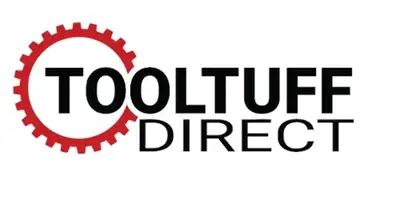A hydraulic cylinder is a device used to move fluids. The cylinder consists of two halves which move in different directions. These halves are connected by feed pipes and are surrounded by seals. These seals help to prevent leaks and are made of different materials. Some hydraulic cylinders use PTFE seals which are suitable for use in industrial environments. Others use specialist seals which are designed to be extremely tight and suitable for thin hydraulic fluid.
Hydraulic cylinders can be damaged during transportation. Though they are durable and resistant to wear, they can still get damaged if they are not properly transported. A common cause of cylinder damage is ovality, which must be corrected before the cylinder can be used. Ovality can cause friction and cause the piston to stop moving. In addition, damaged walls can render the cylinder useless.
Another type of hydraulic cylinder is the welded body cylinder. This type is usually made with welded end caps. This design eliminates the need for tie rods. The barrel is welded to the end caps, and the front rod gland is either threaded or bolted into the barrel. The welded body also allows for multi-stage telescopic cylinders to be manufactured.
Both a hydraulic cylinder and a hydraulic motor share similar dynamics. The simplest way to understand these systems is to think of them as a simple gain relationship between input flow and output velocity. The linearized dynamics of these two devices can be depicted in Fig. 11. The displacement, effective bulk modulus, torque, inertia, and damping are all components of hydraulic motors.
In a hydraulic cylinder, the piston moves up and down in the cylinder bore. The hydraulic fluid pushes the piston. This allows the hydraulic fluid to travel over the internal piston without any friction. Fluids used in hydraulic systems may be of different viscosities and are used for different applications. In some cases, water-based hydraulic fluids are used. For the hydraulic system, a rod should be installed at both the head and base of the piston.
The supply and return piping should be of sufficient diameter to avoid excessive pressure drop. It is advisable to install isolation valves at the high points of hydraulic piping. The cylinder actuators should also be installed with a four-way valve, especially if they are manually controlled. In addition, a flexible hose should be installed on valves that are susceptible to vibration. chain
